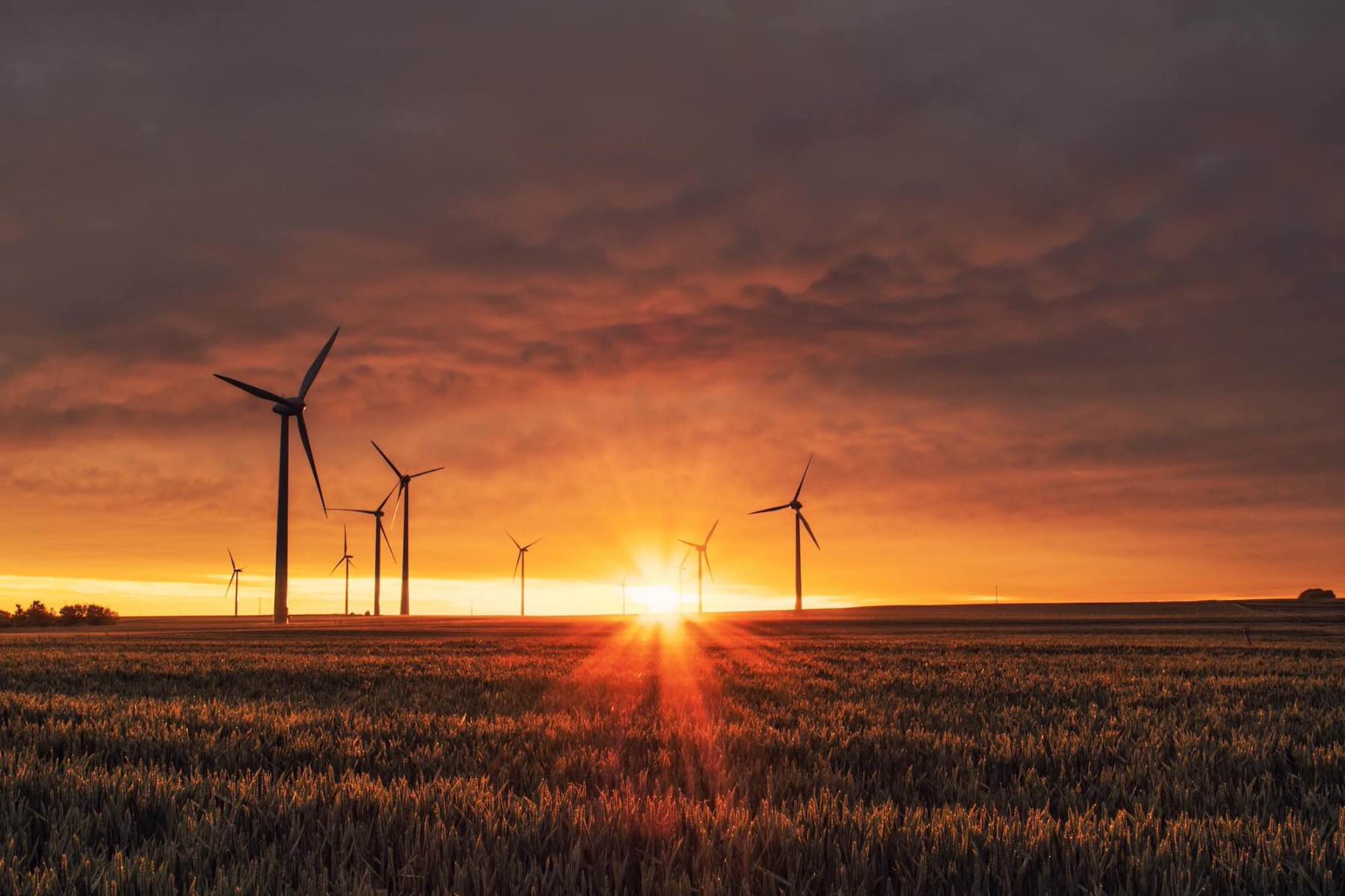Let’s assume you’re interested in reducing your carbon footprint and following a more sustainable lifestyle. In that case, you may already be wondering how to move towards renewable energies and incorporate them into your daily life with ease. More companies invest in better infrastructure and technology nowadays to bring these alternative energy sources to the average citizen. However, with all the information available, there are still people unaware of the potential found in these green energy sources that may hold the answer for a more sustainable lifestyle. In the following list, we are sharing 4 important facts you should know about renewable energy if you’re interested in learning more about them.
1. Renewable Energies Come in Different Formats
At this point, most of us are acquainted with basic notions of how renewable energy works and how we can obtain it and store it. However, there are lesser-known ways to generate electricity used by several industries that can help reduce waste and save costs. For instance, biomass is an important energy source in the U.S., with wood products and bioproducts coming from dairy farms and landfills used to produce electricity. Another source frequently exploited for industrial use is geothermal energy, which heavily depends on the area’s geography to be a viable option.
In our situation today, it’s nevertheless fairly easy to install all the essential infrastructure to generate power in cities and homes from two of the most abundant resources, wind, and solar energy. Both have seen significant investment growth worldwide, and while there are still constant efforts to increase their efficiency, they’re a promising green option in contrast to fossil fuels to produce cleaner electricity.
2. They’re more Accessible than Ever
More people are getting interested in incorporating renewable energy sources into their homes to benefit from their overall use. For instance, installing solar panels meant for water heating systems has become an attractive investment for homeowners, depending on the area’s climate and house size. Professionals from https://tinyhousehugeideas.com/ suggest complementing these solar panels with wind-powered turbines to diversify green energy sources to avoid power outages and ensure a constant current throughout the day. While some people may not be able to afford an entire solar-fueled system for their homes, it’s still in everyone’s interest to keep researching renewable options if you’re planning smaller projects for your home.
3. Green Energies are Cost-Effective
One of the most well-known facts about renewable energies is that they’re far more affordable than fossil fuels, which tend to get more government subsidies to maintain their operations and keep prices low. While it is true that the initial costs for infrastructure are higher, the long-term payoff is far more beneficial for the economy. Today, the renewable energy industry is creating more jobs for people and is pushing technological innovation to new limits. What’s best about this wave is that your pocket can also benefit from lower costs in your electricity bill. You can even combine your green energy sources with different ways to save more money by optimizing your energy consumption and lowering your costs even further by the end of the month.
4. You can Sell the Energy you Produce
In some cases, homes equipped with wind or solar energy systems can stay self-sufficient if they feel like it. Given that condition, if you ever decide to disconnect from the major electrical grid, your main concern would be taking care of power storage if any of your power suppliers suffer any malfunction. Wind and solar energy are still not as efficient as non-renewable energy sources, and there’s a debate on whether biomass and hydroelectric power may cause more harm due to their environmental impact and potential contribution to climate change.
There is still the option to stay connected to the local power provider’s large electrical grid. Most states have legislation where homeowners can get a significant discount on their electricity bill according to what they have produced, having to pay only the remaining difference. The process, called net metering, can even get you some money at the end of the month if you end up producing more electricity than what you use since your provider may pay you the retail price for that.
 image © Science in HD
image © Science in HD
The planet requires us to start making changes in the way we live, and switching to renewable energies is one of the best ways to reduce our carbon footprint at home. Nowadays, it’s easier than ever to disconnect from the grid with any green energy source, and there’s a strong movement worldwide aspiring to incentivize its use with subsidies and benefits for people who make the jump.





